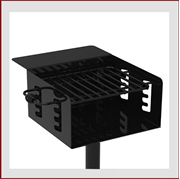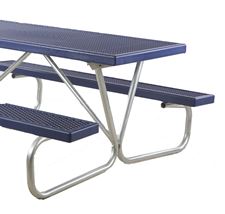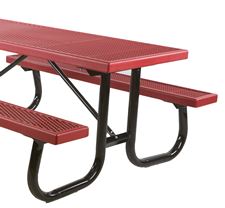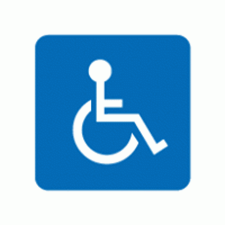Plastisol Picnic Tables
So what the heck is a plastisol picnic table? In the 1980s several industrial companies invented plastisol. It is the original plastic coated steel outdoor furniture. Robert Webb was selling expanded metal to the oil industry when the industry collapsed. Without customers, he needed to reinvent the company. That's when he began dipping expanded metal into melted plastic to create a colorful and functional piece of furniture. Today many other technologies exist to offer many other ways to coat the steel, however, plastisol is still a popular selection. So now you know.
For more History, read our blog.
Plastisol Picnic Tables remain a standard heavy-duty and rugged table for our customers. Our plastisol picnic tables are popular in schools as they are low maintenance and have a variety of fun colors.
Resources:
Commercial Picnic Table Buying Guide | Picnic Table Mounting Style Guide | All Resources
- Assembly Required
- Yes
- Mounting Method
- Portable
- Surface Mount
- Inground Mount
- Table Shape
- Octagonal
- Rectangular
- Round
- Square
- Table Top Material
- Fiberglass
- Plastisol










































